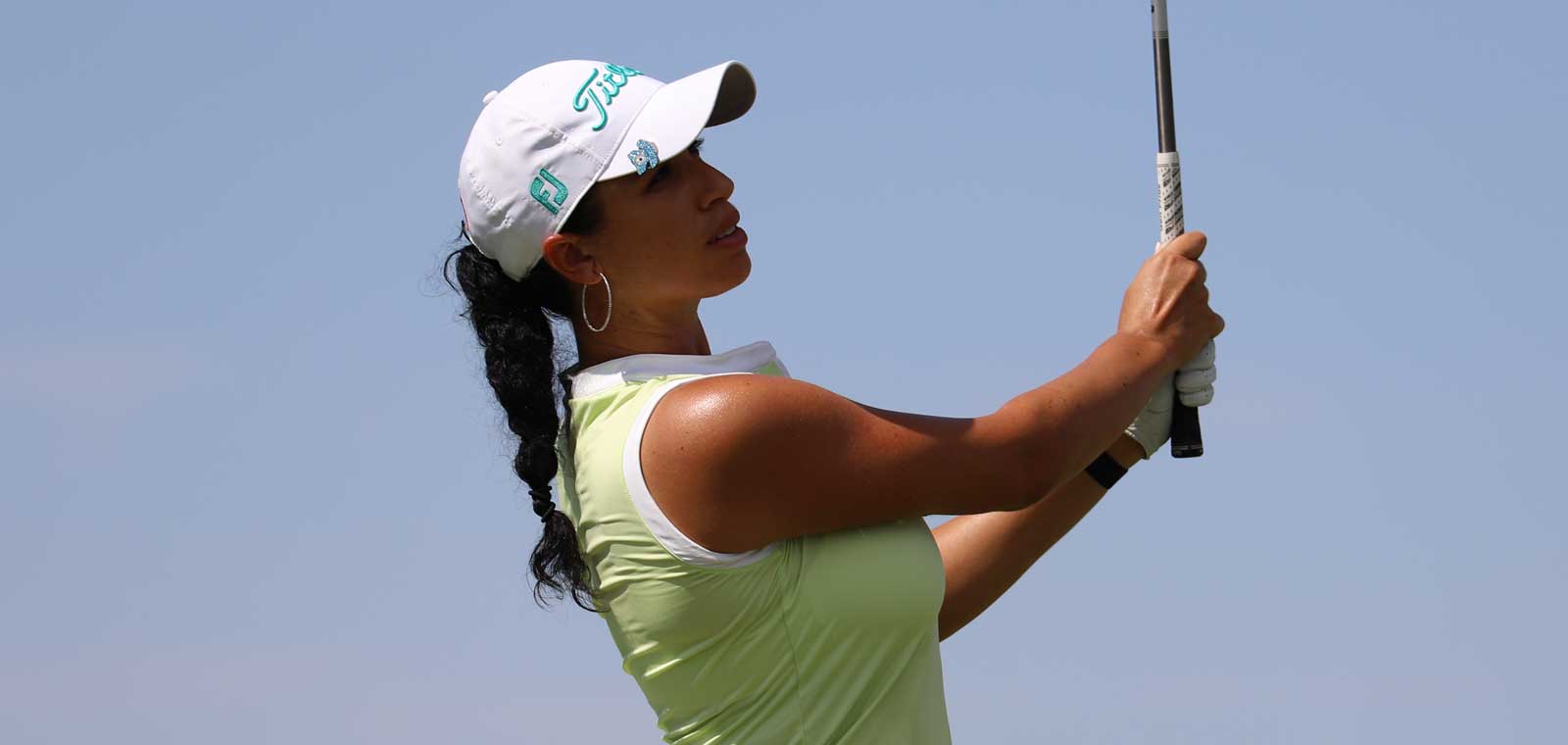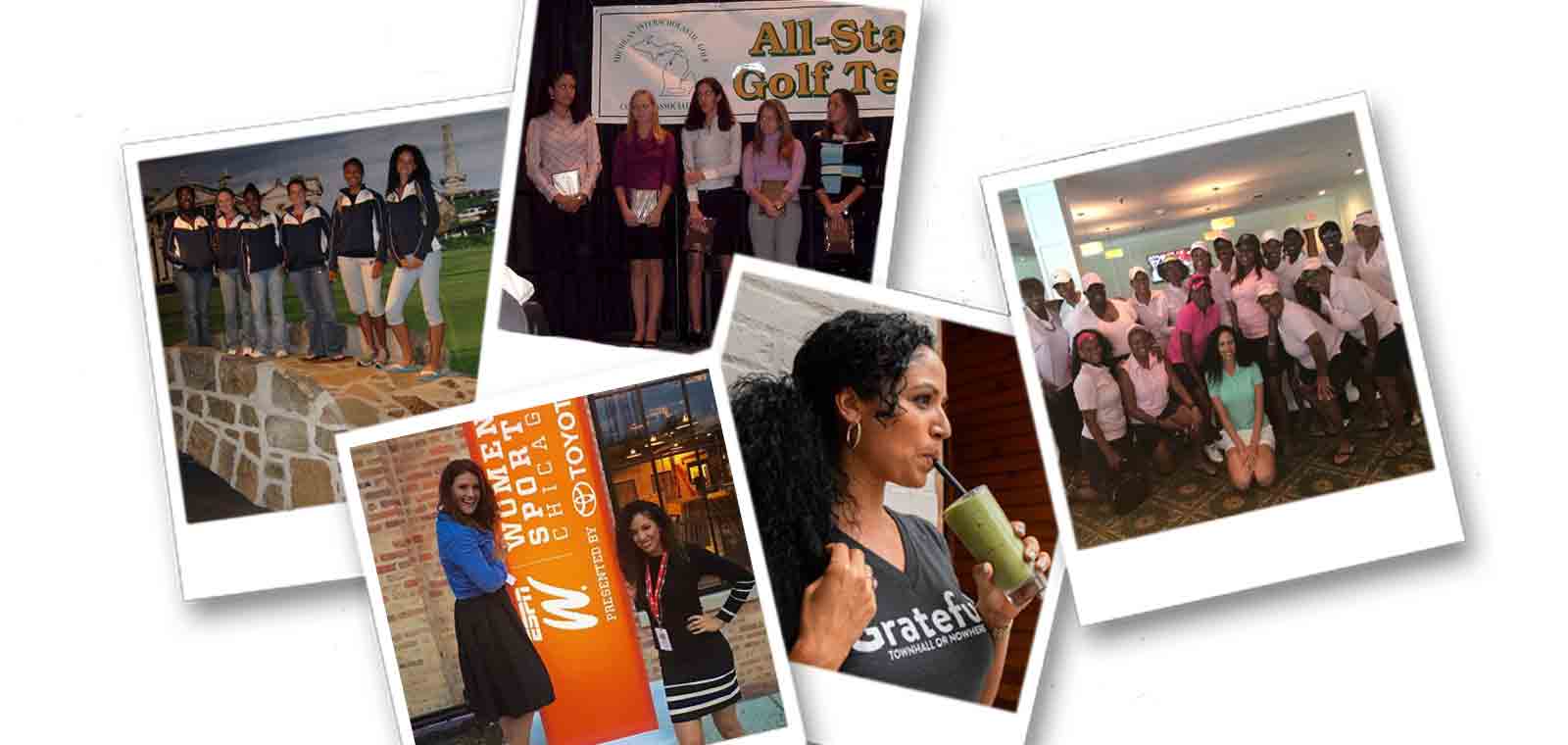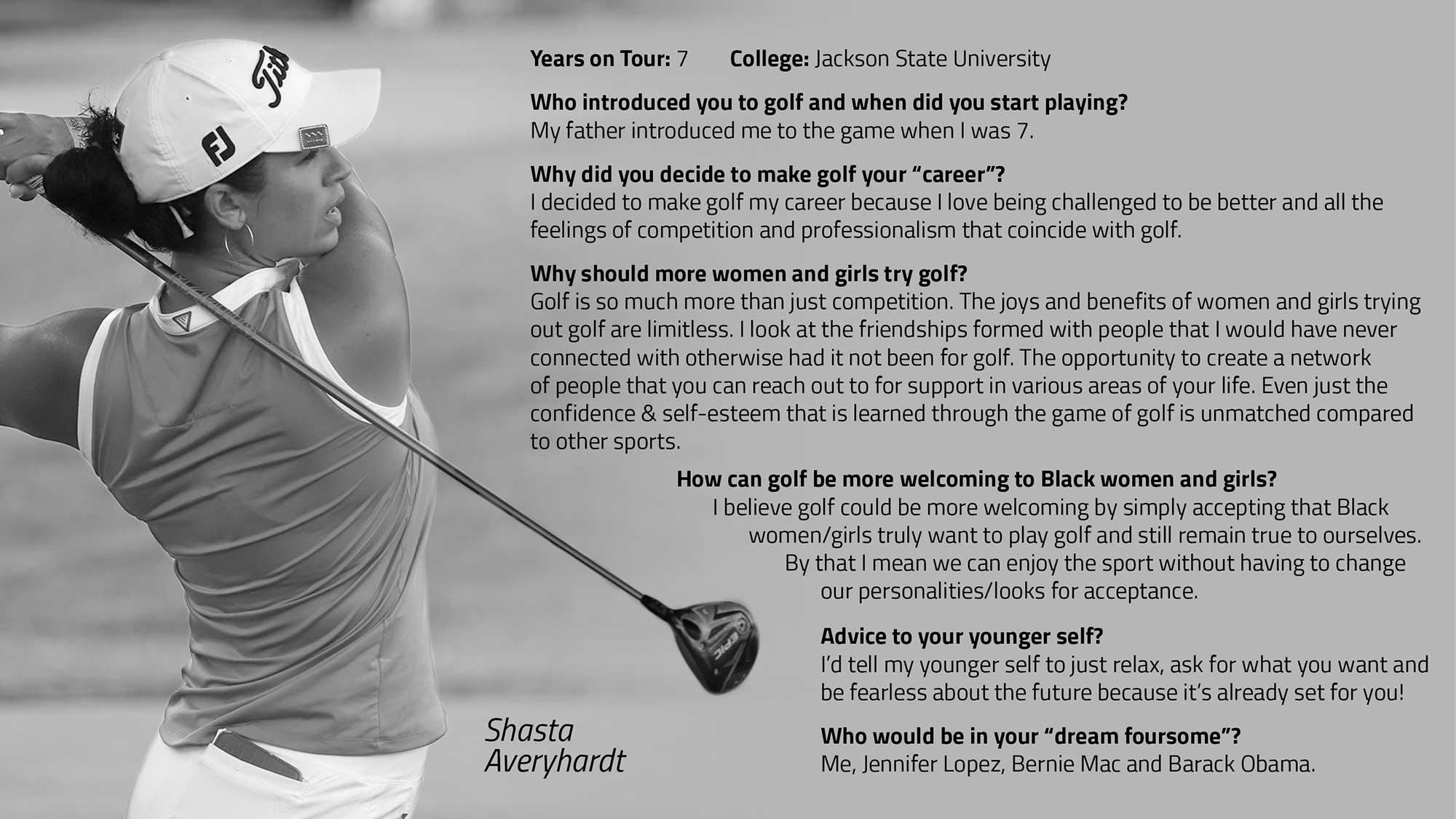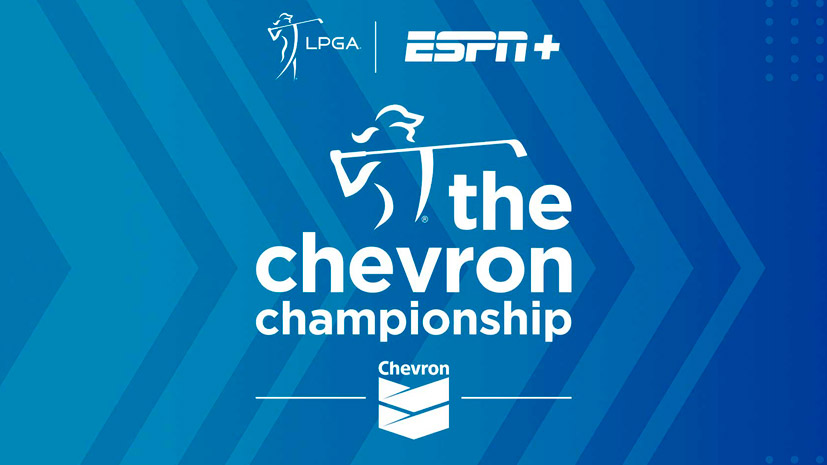Around that time, another Epson Tour player asked if I wanted to do a women-in-sport podcast with her? We decided to attend the 2015 espnW Women + Sport Summit in Chicago to connect with other athletes. Women Olympians were on stage telling their stories. I was happy for them, but a great regret came over me. I felt sick. And then it hit me: the reason I had been unable to commit to anything was because I still wanted to play. I left golf because I couldn’t afford it, not because of my talent or skill level. I had suffered a lot of disappointments, but I knew I needed to try again.
So, I left my tax job and began practicing. I started a GoFundMe page to get financial support for the first stage of Q-school and raised enough money to cover to costs of all of first stage and most of second stage.
In many ways, my career has been an emotional rollercoaster. For a long time, I could not figure out why I couldn’t blossom. But in looking back on my 20s, I’ve realized that maybe I really didn’t know who I was. I knew what I was supposed to be doing, but there were always the questions: “Who am I?” “What do I stand for?” “Why do I believe what I believe?”
Stepping away from golf gave me an opportunity to figure out who I am. I had to go through the emotional turmoil. I had to be sad that I wasn’t playing.
When I came back to professional golf, I discovered there were people like me asking the same questions. We established a bond and a support system. Now, I’m really close to Cheyenne Woods, Sadena Parks, Sierra Sims, Alexis Belton and a lot of other players on the Epson and LPGA tours. Admittedly, there was a time when I was pretty closed off and didn’t know how to connect. Maybe that went back to cultural differences. Now, there are players out here who understand each other, who share information and motivate each other.
I tell younger players that everything boils down to self-belief. I remind them that they have already seen some good results. I tell them to never let anybody detour them away from their vision.
I have learned that my journey is not only about me. It’s about being able to help the generation behind me. Attending Jackson State University, an Historically Black College and University and playing golf professionally is pretty special. I really hope there will be more HBCU players on Tour in the future.
I still want to give professional golf more time. I want another chance to play the LPGA Tour. But this time, I’m going to let life unfold.





)
)
)
)

























